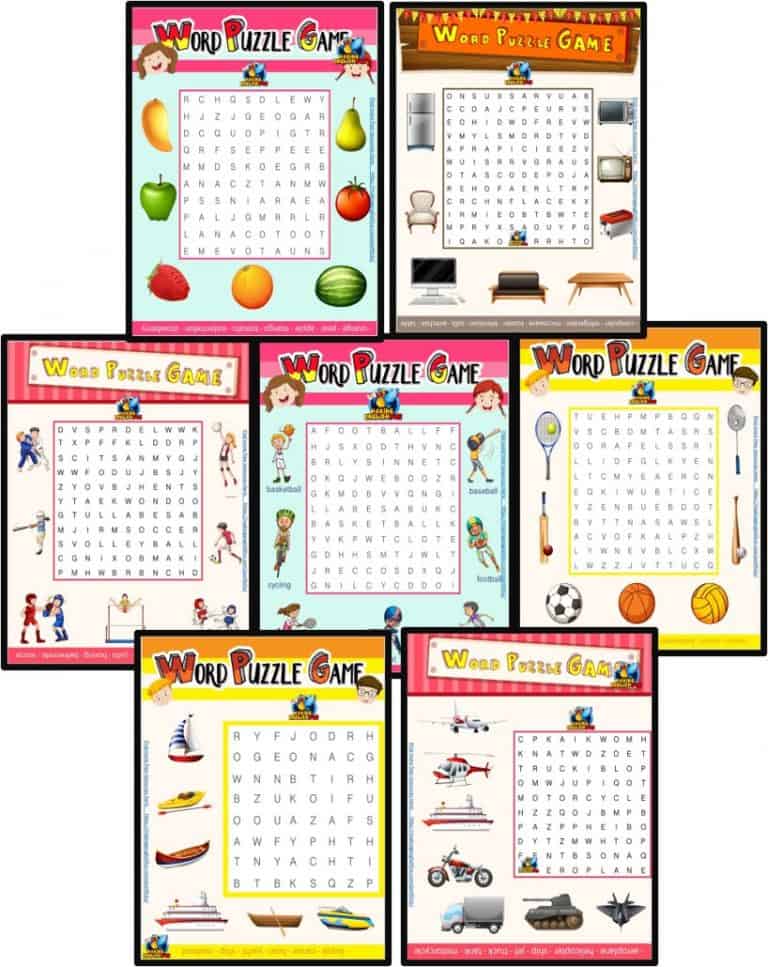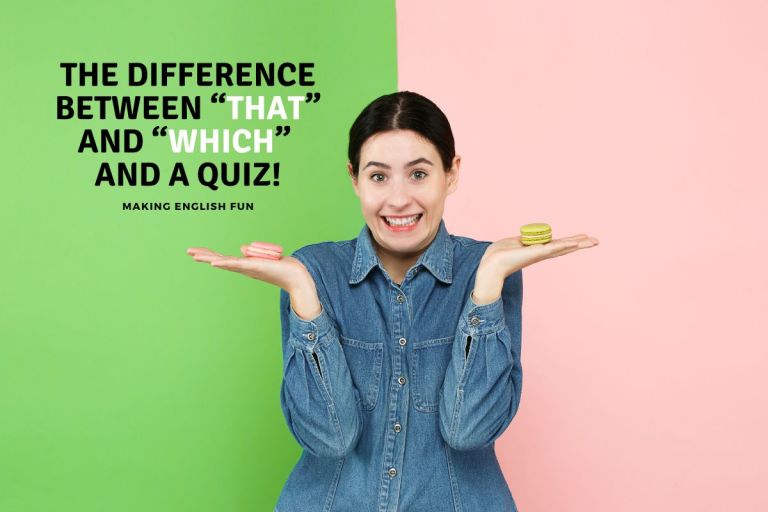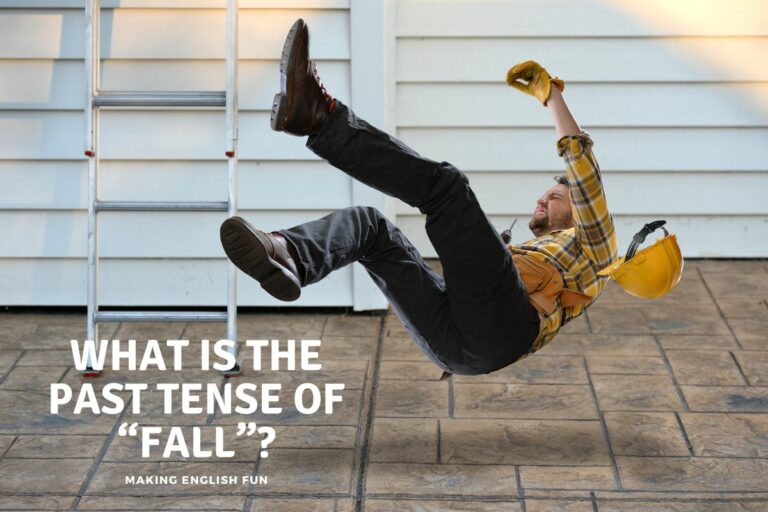Why to Use Kinesthetic Movement In The Classroom – 6 Ways to Uplevel Your Teaching
Incorporating kinesthetic movement in your classroom is an easy way to improve literacy outcomes before your child even realizes they’re learning. For years now research has shown that not every child learns the same way.
However, still, in classrooms all over the world children are expected to sit, listen and learn. If we know its not the most effective way of teaching, what options are open to us as educators to bring a little life into our classrooms.
Kinesthetic movement in classrooms is possible using several methods. Action songs, interactive stories, activities and even yoga can help address the needs of children who learn more effectively through movement (kinesthetically). As well as being effective it also brings fun and enjoyment into lessons.
As the education system recognizes the low literacy levels resulting from instructional methods, more teachers and parents are focusing on kinesthetic movement in the classroom.
We have learned from our mistakes and know that hands-on, fun learning experiences provide long-lasting skill development.
Endless research studies agree that physical activity during educational time is the key to providing a fun, multi-sensory learning experience that reinforces literacy skills long after students leave the school or homeschool space.

Benefits of kinesthetic movement in the classroom
As an educator or parent, you have probably recognized that young learners are professional fidgeters. Sitting still in a seat to learn how to read or write is the last thing they want to do.
Students who experience a fun, active educational environment are able to retain information easily. Since they are using whole-body learning, they develop muscle memory that can help concepts stick.
Kinesthetic movement in the classroom also minimizes risk for a learner. While a child may be resistant to learning in a traditional manner, they are able to “let loose” and play. This really allows all children to participate and do their best, and not just the students that thrive based on traditional seat work.
Incorporating kinesthetic movement in the classroom provides a warm, welcoming learning environment and can help establish stronger bonds between the teacher and students, as well as between classmates.
Incorporating kinesthetic movement in the classroom also helps young learners to recognize differences and diversity amongst a group. For example, maybe one child appears quiet and shy when asked a question but are the class clown when they are using kinesthetic movement in the classroom.
Kinesthetic movement in the classroom is a natural transition for preschoolers learning to read and continues as an excellent supplement through all primary grades.
How to incorporate movement in the classroom
Since kinesthetic movement in the classroom is so natural, it is easy to incorporate it into everyday learning. Students are often excited to move around and interact with each other and are willing to engage. When an educator consistently plans motion into the day, they come up against less resistance from unwilling students.
While there are many ways to get students on their feet, there are some effortless ways to sneak it into your learning blocks:
- Songs: Young children respond well to music, and weaving literacy concepts into songs is an excellent way to encourage kinesthetic movement in the classroom. If you are singing about letters, you can get students to jump and dance around to make the shape of the letters with their bodies. Connecting motion and sound and help reinforce learning concepts across all subject areas.
- Stories: Using stories as a way to teach literacy is not a new idea, but weaving motion into the stories is an effective way to bolster memory and comprehension. Students can retell the story using actions, and you may find them transferring skills from the school environment to the home environment to demonstrate what they learned.
- Motions: Recent research shows that motions are a highly effective way to encourage learning phonics. One highly effective tool when developing foundational reading skills, is to use a Kinesthetic Motion for the Phoneme (KMP). Students link a hand motion to specific phonemes, helping them to isolate and identify the smallest sounds in our language. Identifying these component sounds is a foundational reading skill. As reading competency has been proven to impact all aspects of learning all the way through the college level, this fun method using physical motion in early years is highly valuable and can help improve overall educational success for years to come.
- Games: Kids love games, and they play an important role in both literacy and social-emotional learning. While reinforcing literacy skills, games help encourage team-building skills and highlight the skills and traits of individual students. Incorporating activity into a lesson via games is a simple way to impact progress and relationship building amongst peers. Games are an effective method of teaching difficult words.
- Change Teaching Methods: While most primary activities can be adjusted to include physical activity, at some point, students will need to practice handwriting skills or listen to a story. At the primary level, these activities are often short but still challenging for children with underdeveloped attention spans.
- Incorporating brain breaks into your activities can help get the blood pumping and give students the opportunities to “shake their wiggles out,” increasing focus and attention span for further activities. Freeze dance and charades are usually well-received. Also, have you ever met a five-year-old that doesn’t like to show off their robot dance or floss?
- Yoga: Utilizing yoga as an educational activity has numerous benefits, but developing literacy skills isn’t one that is highly talked about. Using simple yoga poses to learn about letters, animals, and other topics is a great way to encourage learning, establish a positive relationship with exercise, and incorporate the benefits of mindfulness and breathing techniques. Yoga is an age-old practice but a fantastic way to introduce kinesthetic movement in the classroom.

Create an inclusive learning environment
Using kinesthetic movement in the classroom is a vital step towards ensuring that all students receive equal, quality early literacy education. Breaking down barriers is essential to improve early literacy outcomes across diverse populations.
Kinesthetic movement in the classroom does not discriminate based on previous literacy education (or lack thereof) provided by caregivers in the preschool years of life. It also levels the playing field for students who may have undiagnosed learning challenges or behavioral challenges.
Kinesthetic movement in the classroom benefits everyone.
We all benefit from incorporating fun, multi-sensory activities into learning activities. Educators and parents get to see their students thrive in a way that maintains the integrity of childhood, and children are able to develop a positive relationship with learning.
Breathing life into your instruction methods by utilizing physical activity is an effective method of engaging resistant learners and revitalizing teachers and parents who are tired of using traditional methods.
By increasing retention of knowledge and early literacy skills, kinesthetic movement in the classroom can lay the foundation for a rewarding and proficient future academic career for your young students.








2 Comments